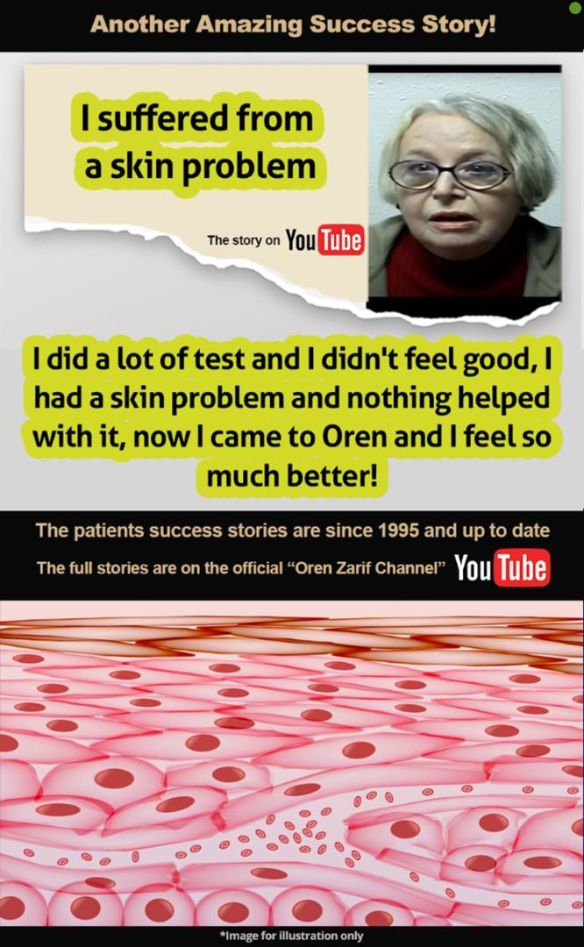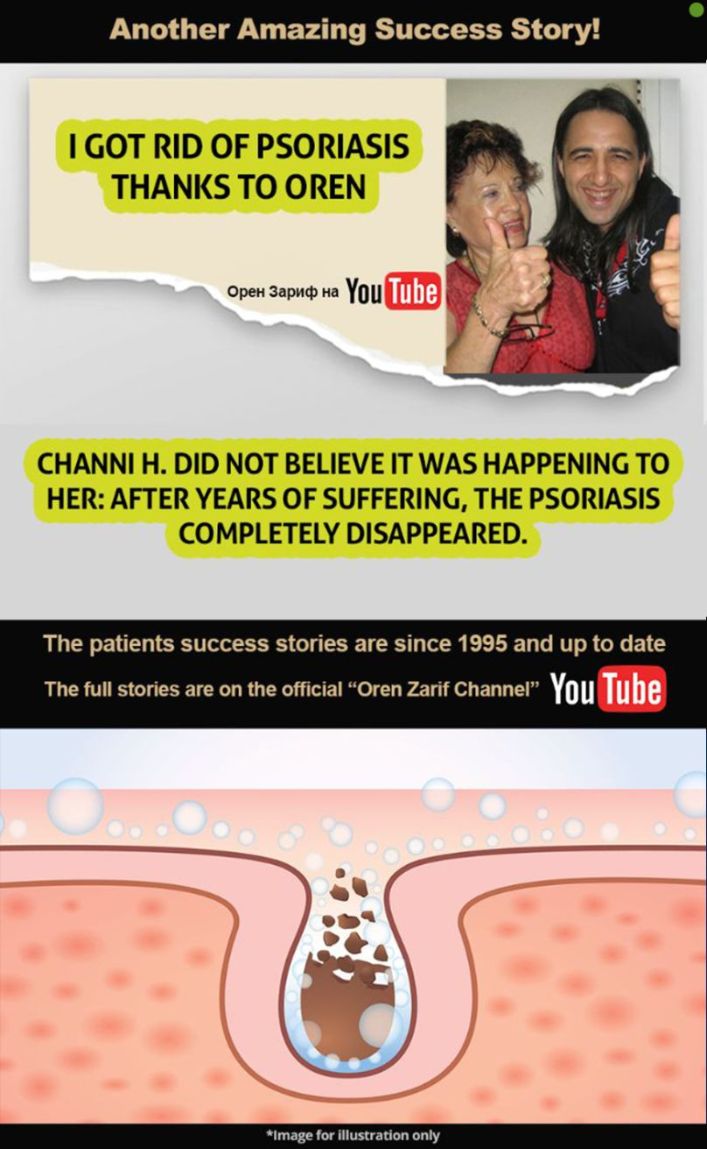Types of vitiligo and what is the most effective treatment
- Oren Zarif

- Jul 7, 2021
- 2 min read
Updated: Jul 25, 2021
Vitiligo types
There are many different types of vitiligo. Your doctor may not be able to identify them all, but he or she can usually provide some information on how to differentiate between them. The most common types are patchy skin disease and skin lumps. Some people have no noticeable symptoms, while others will suffer from severe itching, redness, swelling and blisters.
It is usually easy to spot blurred diseases in the skin, also known as vitiligo. Scars, wounds, open lesions and non-healing wounds are common symptoms of this disease. Skin blemishes can form on different areas of your body. The most common areas are the head, scalp, legs, elbows, knees, wrists, shoulders, arms, chest, back, abdomen and pubic areas. While some people may only suffer from a local form of this condition, others will experience all of these symptoms.
Lumps of skin are another type of vitiligo. They are much less common than the typical skin stain, but can still happen. If a person has even one lump of skin, then he has a higher risk of developing more. Some of the more common lumps include scaly patches or areas around the nose and mouth, cheeks, upper arms and calves. While some of these areas may look like small pimples, others can be filled with hard liquid material.
Many dermatologists believe that vitamin A, B, C and E deficiency can be the cause of some of these vitiligo types. These vitamins are important for healthy skin and hair. However, when these substances are not produced in sufficient quantity or in the right quantities, they can interfere with the production of melanin - the coloring of your skin that determines your body tone. Melanin is responsible for the skin color you normally have. If the skin does not get the right amount of vitamins A, B, C and E, it can cause pigmentation, discoloration, uneven pigmentation or even complete skin whitening.
Another one of the many causes of vitiligo is exposure to UV light. Some people just can not avoid being in direct sunlight. Others simply choose to be in a place that has access to outdoor lighting, which may not be safe. Either way, a person should be very careful in the sun’s rays. This includes having sunscreen available and using the right type of outdoor lighting, such as low voltage lamps or body fixtures. Exposing your body to UV light for extended periods can lead to a weakened immune system, which can lead to the development of vitiligo.
Some men and women are genetically predisposed to this type of problem. They simply may inherit a gene that causes their skin to produce more melanin than other people. However, this is not always the case. Other causes of these types of problems include illness, hormone levels, sun exposure, smoking and age. As people age, their skin ages with them.
Vitiligo types that develop "pink patches" should not be treated with any type of laser, surgical procedure, or other treatment. These types of lesions are known as cutaneous porous mosaic. Doctors may treat these with a re-laser. If you have a history of sun damage or other skin diseases, your doctor may ask you to wait until the age of 50 or so before undergoing any type of treatment.
.png)

































































































Wonderful read! Just as learning transforms, health care restores hope. Discover expert vitiligo treatment Sharjah at Samnan Medical Center for renewed confidence.